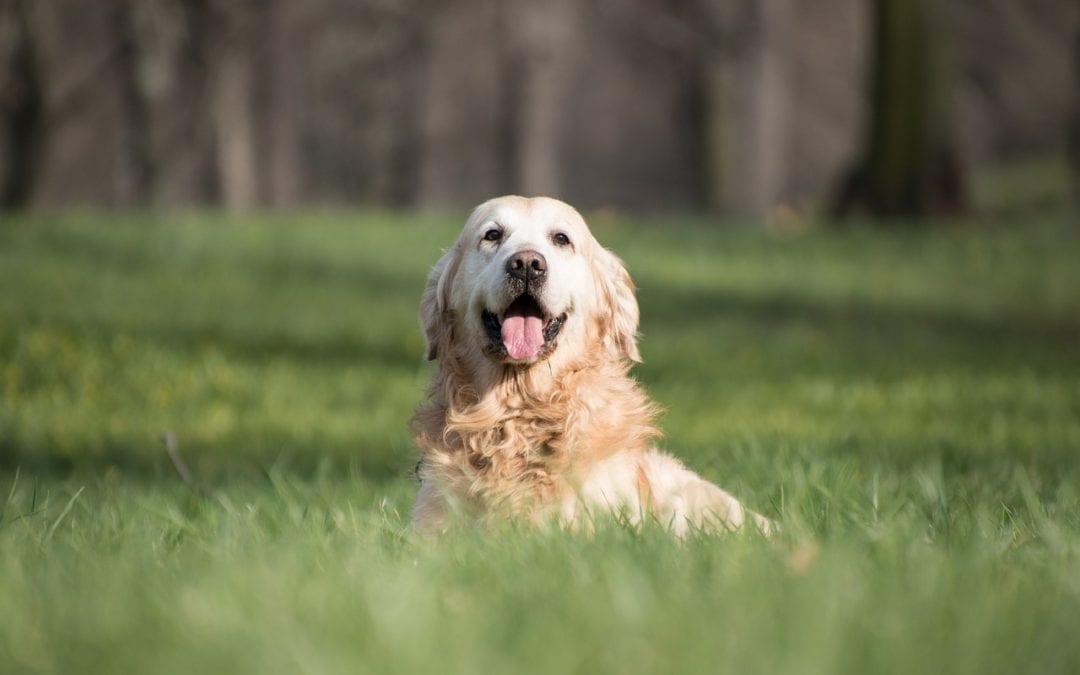6 Facts Every Dog Owner Should Know About Heatstroke
School’s out, the pools are open, and summer is officially here. But, summer isn’t all fun and games. The heat of summer can be dangerous for dogs. Here’s what you need to know to keep your pup safe as the temperatures rise.
#1: Dogs can’t adequately cool themselves through sweating.
Dogs are unable to adequately cool their body temperature through sweating. Instead they will attempt to cool themselves by panting. When a dog is left in a hot environment for too long, her body temperature rises, and heat exhaustion or heatstroke can occur.
#2: Heatstroke can often be blamed on a dog owner’s actions.
Heatstroke in dogs commonly occurs when owners leave their dogs alone in vehicles and when dogs are left outdoors without access to shade and/or cool water.
#3: Certain types of dogs are more susceptible to heatstroke.
Some dogs are prone to developing heatstroke, including:
- Overweight or obese dogs
- Senior dogs
- Brachycephalic breeds—“flat-faced” dogs, like bulldogs, pugs, and boxers
- Dogs with thick fur
- Dogs suffering from medical conditions, including laryngeal paralysis
#4: Dogs will show signs of heatstroke.
Dogs suffering from heatstroke may exhibit:
- Excessive panting and/or drooling
- Vomiting
- Diarrhea
- Lethargy
- Reddened gums
#5: You can help a dog suffering from heatstroke.
If you notice signs of heatstroke in your dog, it is imperative that you take immediate action by following these steps:
- Remove your dog from the hot environment.
- Take your dog’s temperature. The temperature of a pet experiencing heat exhaustion will be over 103 degrees Fahrenheit. A temperature over 106 degrees Fahrenheit can indicate heatstroke.
- Using a spray bottle or wet towels, apply cool (not ice-cold) water to your pet’s fur, focusing on the areas around the neck, armpits, and abdomen.
- Put your dog in your air-conditioned car and bring her to our office. Call us on the way so we can prepare for your visit.
#6: Veterinary care is necessary when a dog experiences heatstroke.
Even if your dog appears to recover after being cooled, heatstroke can cause brain swelling, kidney failure, intestinal bleeding, changes in blood pressure, electrolyte imbalances, and abnormal blood clotting, so seek veterinary care immediately. Our team may recommend intravenous fluids, and we’ll monitor your dog for signs of these secondary complications.

